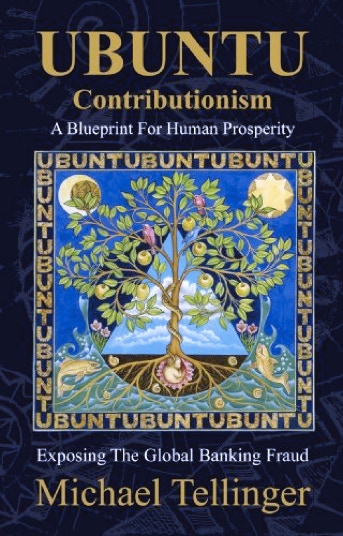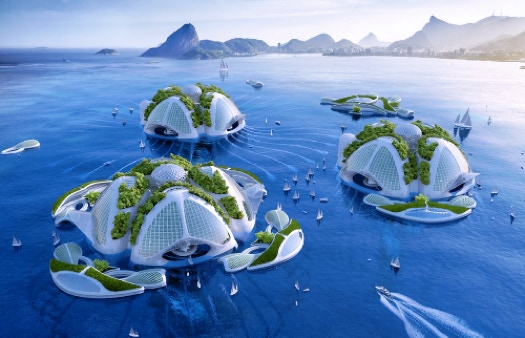2022 is going to be spectacular! As the human spirit expands consciousness, so many new and innovative ways of living are in place, ready for us to jump aboard and make big changes (I know, some of you are sighing, “really, more change?” Yes, more change!)

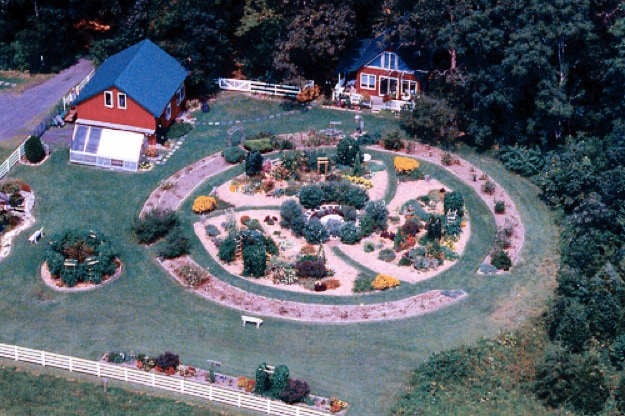
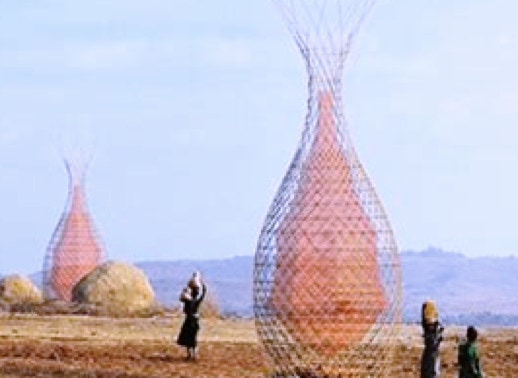
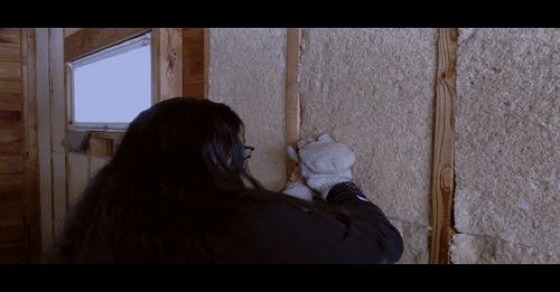
Change can be traumatic, stressful and fearful. But it can also be exhilarating, energizing and joyful. One way to flip the script from traumatic to energizing is to have a clear vision of possible changes, and then invest your emotional belief into the vision. The more of us that are imagining new, healthy and cooperative ways of living, the faster they will arrive. Let’s take a look at some exciting and innovative ways where we can invest our attention and belief.
Biomimicry
Jay Harman describes Biomimicry this way: “Nature has already solved just about every problem that humans are facing — whether in energy use, climate control, food production, chemistry, packaging, transportation, or any other human endeavor. Biomimicry is a rapidly emerging design discipline that seeks sustainable solutions by emulating nature’s time-tested patterns and strategies. Biomimicry is having an increasing impact on the built environment, such as in ventilation systems for buildings that use no energy that are modeled on termite mounds or prairie dog tunnels, self-cleaning paint modeled on a lotus leaf, or completely recyclable carpet tiles. It’s also impacting transportation, from safer cars that avoid crashes by using bees’ “swarm logic,” to planes and ships that use less fuel due to “sharkskin” paint that creates less drag. Biomimicry is also offering tremendous benefits to the field of industrial chemistry, by teaching chemists how to design molecules that do the job without side effects or toxins. His new book, The Shark’s Paintbrush: Biomimicry and How Nature Is Inspiring Innovation, is equal parts memoir, explanation of biomimicry breakthroughs, and business advice.
Janine Benyus, co-founder of the Biomimicry Institute, says, “Indigenous peoples are often more in tune with nature than their more industrial peers. They have solved problems that plague us with their sustainability with ease by basing their methods on the living world around them. “In a society accustomed to dominating or ‘improving’ nature,” she wrote, “this respectful imitation is a radical new approach, a revolution really. Unlike the Industrial Revolution, the Biomimicry Revolution introduces an era based not on what we can extract from nature, but what we can learn from her.”
Regenerative Agriculture/Permaculture/Biodynamic Farming
Regenerative farming is a philosophy based on common principles, not a specific set of practices. These regenerative principles include re-establishing relationships between people and land, building soil health, reducing or eliminating the use of harmful chemicals, growing diverse crops, holistic and humane livestock management, innovative and efficient use of resources, and equitable labor practices.
Regenerative agriculture or permaculture is not new; Indigenous cultures farmed in harmony with nature centuries ago. Today, regenerative farmers seek to heal the land from degradation and grow healthy food in a way that does not exploit people, animals, and the land.
The key to new/old forms of agriculture is that it not only “does no harm” to the land but actually improves it, using technologies that regenerate and revitalize the soil and the environment. Regenerative agriculture leads to healthy soil, capable of producing high quality, nutrient dense food while simultaneously improving, rather than degrading land, and ultimately leading to productive farms and healthy communities and economies. It is dynamic and holistic, incorporating permaculture and organic farming practices, including conservation tillage, cover crops, crop rotation, composting, mobile animal shelters and pasture cropping, to increase food production, farmers’ income and especially, topsoil.
Human“technology” is based on the idea that Nature is not conscious. If we continue on this route, extinction by 2050 is guaranteed. We must partner with Nature in both regenerative agriculture and biomimicry. By partnering with Nature I mean actually going to Nature as a true partner and asking questions, listening to responses and then implementing what Nature suggests. Nature is a master at balance, restoration and regeneration. Moving away from a human-centric perspective is vital for us to develop new/old ways of living lightly and cooperatively on/with our planet. One way we can do this is re-examine the work of Phillip Callahan, Viktor Schauberger and Rudolph Steiner.
Rewilding is a form of environmental conservation and ecological restoration that has significant potential to increase biodiversity, create self-sustainable environments and mitigate climate change. Rewilding aims to do this by reintroducing lost animal species to natural environments. It is an exciting and promising conservation strategy aimed at restoring natural processes and wilderness areas, providing connectivity between such areas (corridors), and reintroducing large herbivores, predators and/or keystone species.
“If we took 75% of the world’s trashed rangeland, we could restore it from agriculture back to functioning prairies — with their animal cohorts — in under fifteen years. We could further sequester all of the carbon that has been released since the beginning of the industrial age. So I find that a hopeful thing because, frankly, we just have to get out of the way. Nature will do the work for us. This planet wants to be grassland and forest. It does not want to be an agricultural mono-crop.” ― Lierre Keith
Other Innovations
Italian architect Arturo Vittori and his colleague Andreas Vogler designed a low-tech bamboo “machine”, based on passive design, that can produce between 50 and 100 liters of clean drinking water daily, without electrical equipment and independent of land-based water sources. They are made from biodegradable materials that can be sustainably sourced and locally fabricated as ready-to-assemble kits that cost about $1,000 USD to produce. With minimal training, a team of four to six unskilled villagers can construct one in a day. Assembly is straightforward, using basic tools.
Shoes that grow: Kenton Lee and a group of friends took more than six years to take this idea and turn it into a reality. But they finally did it; they made The Shoe That Grows—a shoe that grows five sizes and lasts for years.
Hemp, bamboo, cob, earthships - moving back to small homes made of renewable materials that fit into their environment. There are of course so many more innovative forms of housing around the world, such as Co-Housing, ReGen Villages, Tiny House Villages and now Lego Hemp Blocks! Combining the ideas behind co-housing with the use of hemp, bamboo, cob and waste materials. homes can be beautiful, practical and self sustaining.
Floating villages: In Amsterdam, the Maldives and other areas threatened by rising seas, floating cities or villages are being designed and implemented. In areas like the South Pacific, these villages could mean the difference for many cultures between genocide and survival.
Hemp, hemp and more hemp! A strain of the ubiquitous Cannabis sativa, hemp can grow up to 13 feet in a matter of months. It can be cultivated in 90 to 120 days, which is 100 times faster than oak trees. It is lighter and less expensive than wood, and according to recent studies, it can capture carbon twice as effectively as a forest of trees. HempWood looks a lot like wood, but it has been rated 20% stronger than hickory, which is the hardest commercially available hardwood in the country. The manufacturing process is radically different, too. Once hemp is harvested, a soy-based adhesive is used to bind the fiber stalks, compress them, and bake the material to form HempWood blocks. (It takes about 150 days from the moment the seeds are planted to the moment the product is complete.) Industrial hemp redresses land degradation and remediates contaminated soils by extracting toxins and restoring the PH balance. It can sequester up to 22 tonnes of carbon dioxide stored per hectare, during the 3-4 month growth cycle.
One Small Town: According to Michael Tellinger, small-sized towns in most countries have the potential to become powerful cooperatives that care for each other’s needs. In this utopia, all businesses in a community are co-owned not just by investors. but by the people,
When each member contributes their talent and skill towards the community for only 3 hours a week, it can turn that town into a formidable pool of talent and skill that can rival even the biggest corporations.
The result? A peaceful and prosperous community that thrives spiritually, financially, and culturally - and leaves no one behind.
Foodscaping is a type of landscaping in which all or major areas of a lawn on private property or sometimes public property are used to grow food. It has been considered as a hybrid between farming and landscaping in the sense of having an "all-encompassing way of growing a garden. In many suburban communities around the globe, neighbors come together to choose which fruits and vegetables they will grow, then they work out a system of sharing the bounty.
What other great ideas have you seen lately? Send me links to any and all ideas of a new world built on cooperation, partnering with Nature and guidance by Indigenous cultures.
Blessings,
Cat
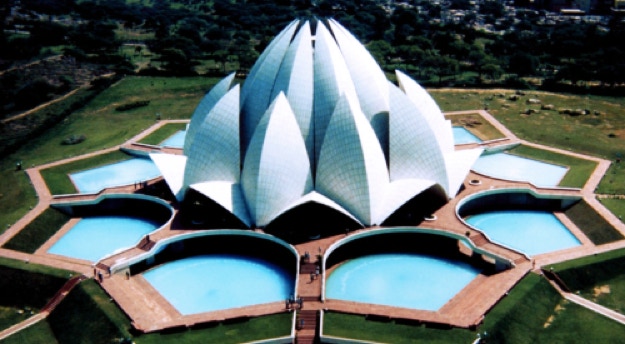
Winona LaDuke’s hemp insulation being applied to walls.
